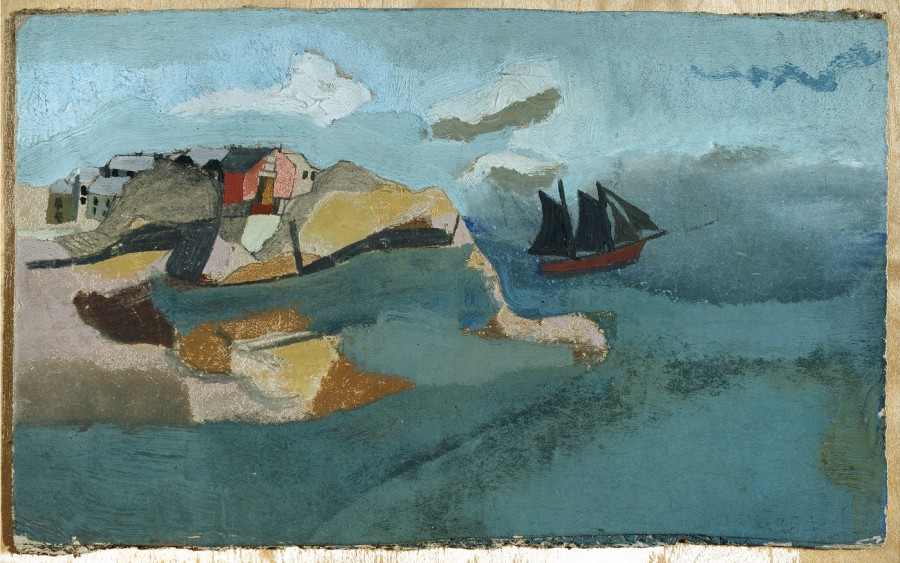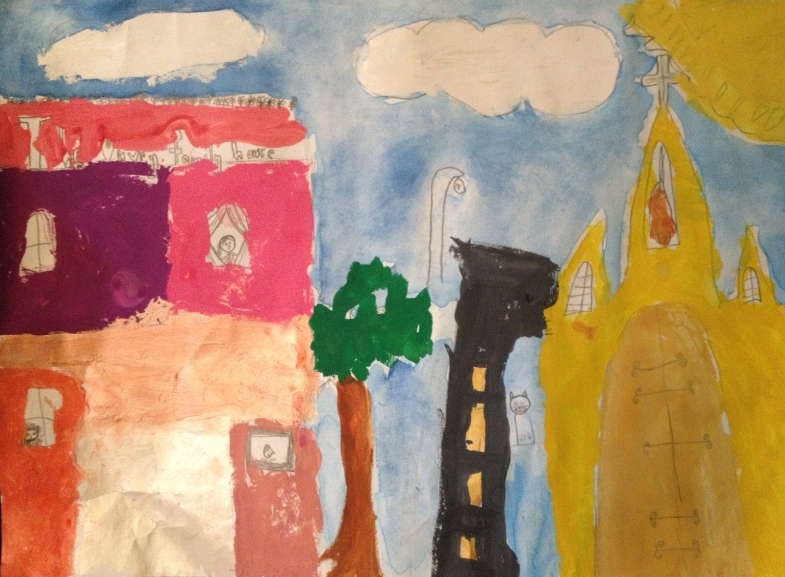Dear Integral Meditators,
Integral mindfulness aims to integrate our experience of past, present and the future into a mutually complementary whole. The article below explores one simple way to begin doing this for yourself.
Yours in the spirit of integration,
Toby
 Becoming Your Own Mindful Psychotherapist and Life Coach
Becoming Your Own Mindful Psychotherapist and Life Coach
In general psychotherapy helps us to heal past trauma to improve our life now.
Life-coaching helps us tap our unrecognized talent, motivation and potential in order to improve our present moment and future experience.
Mindfulness helps us to focus our awareness more deeply in the present moment, but it can also have psychotherapeutic and life-coaching function.
- By investigating our past with mindfulness we can become aware of and work to heal our past wounds
- By mindfully exploring our potential talents, strengths, motivations and potential we can start to leverage on them more deeply, and use the to improve our present and future experience
In my integral life coaching practice I help clients bring mindful awareness to their past, present and future in order to heal their psychological wounds and start to actualize their potential for life enjoyment. If you want to start becoming your own integral life coach, you can try the following exercise as a starting point.
1. Select an area of your life that you want to look into. It could be an aspect of your professional development, or your relationships, or your habits. Let’s go with the example of self confidence here.
2. Ask yourself the question ‘What is there in my past life experience that is sabotaging my self confidence? (or other issue you are looking into) & what can I do to heal that damage now?’ Use this question as a departure point for a mindful investigation of the challenges from the past that presently threaten your self confidence.
3. Now ask yourself the question ‘What can I do in the present in order to support and nurture my experience of self confidence each day?’ Try and come up with a concrete, actionable answer that you can start mindfully implementing each day.
4. Finally ask yourself ‘What future goals and plans can I set myself that will help me feel motivated to keep developing and actualizing my self-confidence?’ Your goals and plans may not turn out the way you thought they would, but by making plans and goals we embark on a path of learning that will help us build deeper and deeper levels of self confidence over time.
An example:
In the past my confidence was sabotaged by teachers at school who thought that art was a subject only for those not bright enough for academic subjects (I went onto do an art degree). If I realize this is a source of wounding for me I can act to heal it.
In the present I can build my self confidence each day by looking at the daily victories in my business, and complementing myself whenever I take an appropriate risk.
I can build my confidence for the future by setting goals for my business that are realistic and achievable if I work hard and stay motivated.
There you go, as simple mindful action plan that integrates a mindful psychotherapeutic and life-coaching approach together.
What would you like to work on at this time?
Related article: Life-fullness
© Toby Ouvry 2015, you are welcome to use or share this article, but please cite Toby as the source and include reference to his website www.tobyouvry.com
Upcoming Courses at Integral Meditation Asia in May:
MAY 2015
Friday 29th May 7.30-9.30pm – Integral Meditation Session @ the Reiki Centre – Travelling deeper into the present moment through integral meditation
Saturday 30th May, 2.30-5.30pm – Enlightened Flow: Finding the Ultimate Relaxation and Release from Stress
JUNE 2015
Friday 5th June, 7.30-9pm – Integral Meditation Session @ the Reiki Centre – Travelling deeper into the present moment through integral meditation
Tuesday 9th June, 7.30-9pm – An Evening of Integral Meditation – Cultivating the Awakened Mind Within Ourselves, Our Work & Our Relationships
Saturday 13th June 2.30-5.30pm – Meditations for Transforming Negativity and Stress into Energy, Positivity and Enlightenment – A Three Hour Workshop
Sunday 14th June 9.30am-12.30pm – Qi Gong for Improving your Health and Energy Levels and for Self-Healing
Saturday 27th June 9.30am-12.30pm – Mindful Self-Confidence – Developing your self-confidence, self-belief & self-trust through meditation & mindfulness
Saturday 27th June, 2.30-5.30pm – The Call of the Wild–Meditations for Deepening Your Inner Connection to the Animal Kingdom and the Green-world
Integral Meditation Asia
Life-Coaching * Meditation Technology










